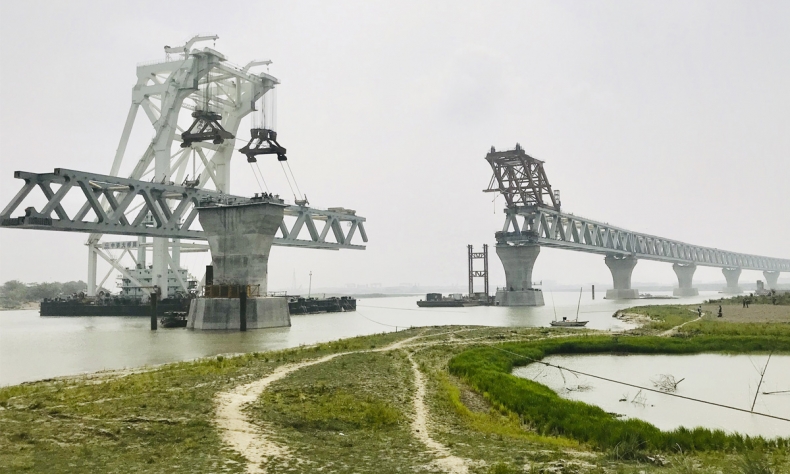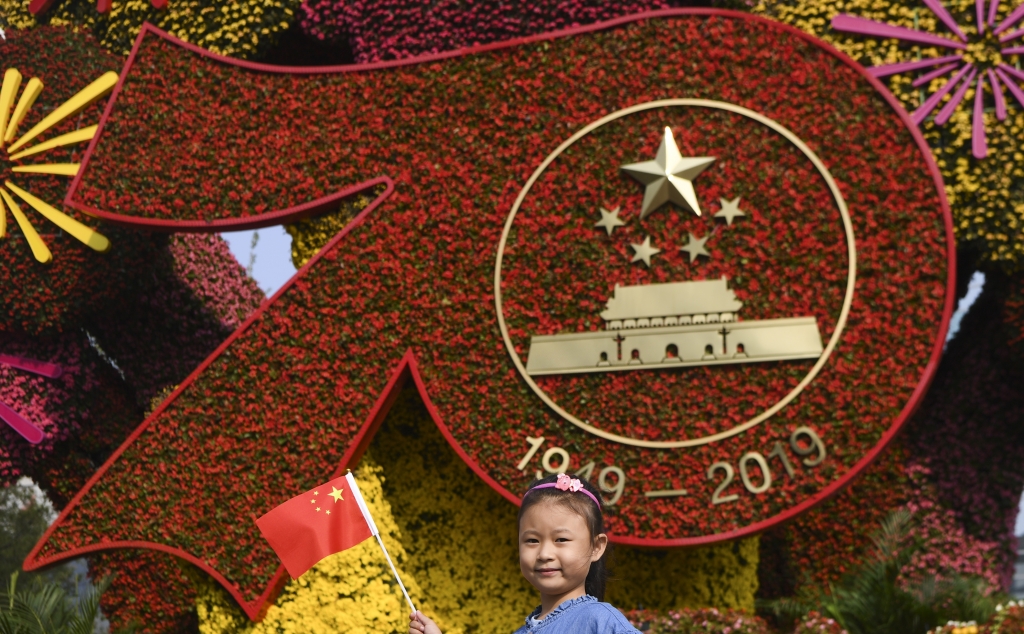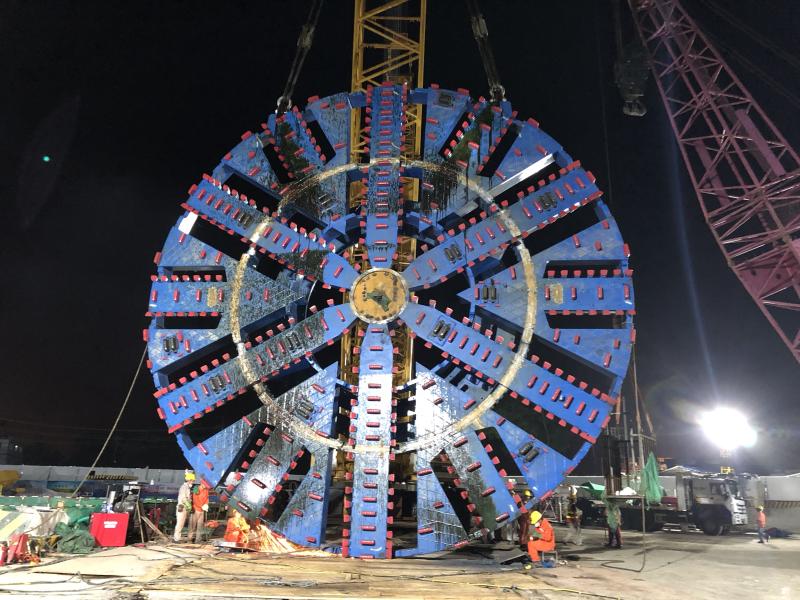
Bangladesh Benefits from China’s Development
Every project has created a huge number of jobs, bringing about enormous socio-economic improvements for Bangladesh and enhancing the livelihoods of the people.
The People’s Republic of China is going to celebrate its 70th founding anniversary on Oct. 1, when all its citizens will mark this national auspicious and glorious occasion with festivities.
The entire country especially its megacities such as Beijing are already wearing a festive look ahead of the celebrations. The eyes of the world will be on the capital as, through the gala event, China will showcase its numerous great achievements, highlighting the journey from an isolated nation to the second largest economy contributing much to world development.
China’s development also benefits Bangladesh to meet its people’s new aspirations for a better life and to ensure and improve their livelihood through development.

Ever since the establishment of diplomatic ties in 1976, China has been the largest trading partner and one of the major development partners of Bangladesh. After the Belt and Road Initiative was proposed, the economy of Bangladesh gained great momentum as its joined the BRI in 2016.
Several BRI projects have already been implemented and people are already reaping the dividend. The Bangladesh Power System Upgrade and Expansion Project, costing $165 million, is a successful example of such BRI cooperation.
This project has benefited more than 7 million Bangladeshis while helping provide electricity connection to over 2.5 million rural people.
Under the BRI cooperation, China has so far pledged almost $38 billion in aid, loans and other assistance to Bangladesh, including infrastructure projects and joint venture initiatives.
China is now implementing $10 billion worth of infrastructure developments such as the Karnaphuli Multi-Channel Tunnel Project, the Chinese Economic and Industrial Zone, the Padma Bridge rail link, Payra Power Plant, the eighth China Bangladesh Friendship Bridge and the International Exhibition Center.
Every project has created a huge number of jobs, bringing about enormous socio-economic improvements for Bangladesh and enhancing the livelihoods of the people.

The China-backed Karnaphuli Multi-Channel Tunnel Project is now underway. The tunnel, estimated to cost $1.7 billion to complete, is seen as a key component among several BRI-related projects in the country. It will connect the port city of Chittagong to the far side of the Karnaphuli River, the site of a new Chinese economic zone.
It will shorten travel time from the Chittagong airport to the economic zone from four hours to 20 minutes. Due to be completed in 2020, the tunnel will also slash the travel time between Chittagong and Cox’s Bazar, one of the country’s leading tourist destinations, and also connect the Korean Export Processing Zone with Chittagong airport.
It will also feed into two other projects currently underway – the Asian Highway and the Dhaka-Chittagong-Cox’s Bazar Highway.
The Special Chinese Economic Zone, another BRI project in the southern part of Bangladesh, will have the capacity to house 150-200 industrial units and will focus on a range of different industrial sectors, including shipbuilding, pharmaceuticals, electronics, agro-business, IT, chemicals, power and textiles.
The 750-acre economic zone is set to create more than 75,000 jobs which is big boon considering the huge number of unemployed youths in the country.
As part of BRI cooperation, Bangladesh signed a loan deal for nearly $3 billion with China to construct the Padma Bridge rail link. Once opened, it will cut the traveling time from Dhaka to Kolkata, capital of Indian state of West Bengal, by about five hours.
It will take just about three hours to get to the southern city of Khulna from the capital Dhaka, a six-hour reduction. The bridge will ease pressure on the country’s premier seaport in Chittagong, as it will ensure further development of the country’s second largest seaport of Mongla in Bagerhat.
This project alone is expected to benefit Bangladesh’s economic development, increasing its GDP by an estimated 1%.
China is also contributing to the production of electricity by investing huge amounts in different power plants across the country. It is estimated that Bangladesh will need to produce 34,000mW more electricity by 2030 to sustain its current rate of economic growth.
In order to meet this need, Bangladesh can benefit from the construction of Chinese-funded power stations under the BRI cooperation because the cost of power produced in the Chinese power plants is cheaper.
Md Enamul Hassan is the diplomatic correspondent of the Daily Sun, Bangladesh.
Opinion articles reflect the views of their authors only, not necessarily those of China Focus.
 Facebook
Facebook
 Twitter
Twitter
 Linkedin
Linkedin
 Google +
Google +










